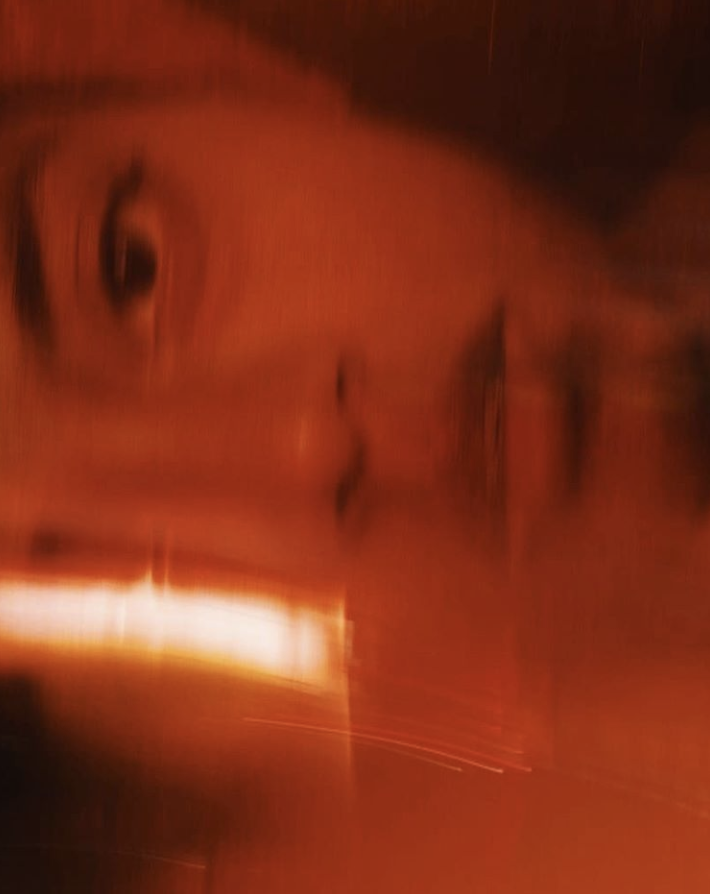Desi pop-culture today is somewhat of a fragmented entity. The west’s influence and the omnipresence of Bollywood have left us to find our own way around bringing the two together; especially for the generation known as the ‘millennials’. It’s a position that reminds me of the diaspora problem, only in our case, the alien is put into our world instead of the other way round. It’s not a question of identity as much as it is of persona; one that we’ve chosen to put ourselves in.
Mash-ups are a manifestation of the desire to reconcile that fragmentation. And while mash-ups have existed for quite some time now, it is with Tesher’s music that I think the reconciliation has finally reached perfect synergy. Tesher has found ways to put the fragments together so that they settle together with no bumps, and he does so through sounds.
Having grown-up in Regina, Saskatchewan in Canada, Tesher is someone who’s well aware of this fragmentation. I was introduced to his music through Young Shahrukh, which is one of the few original songs he’s put out. Young Shahrukh, which recently got picked up by Sony Music India, is our own personal desi Tony Montana; the ‘don’. Hip-hop has been lurking around in desi culture for some time now, trying to find the right fit. Introduction of the ‘Shahrukh Khan’ myth into it, of his larger-than-life figure that lies in our aspirations, creates a plane of relatability with hip-hop for the desi sensibility.
After Young Shahrukh, I got a chance to explore all of Tesher’s music, and the mash-ups have stood out in the most surprising and delightful ways. The first time I heard Young Shahrukh, I didn’t really think of how I felt, but I knew something had clicked. After listening to the rest of his work, I finally realized what it was. It’s the acute sense of sound with which he puts the western and the desi together, as well as his disposition towards finding conceptual and lyrical patterns even if it means he sneaks in something completely different into the soundscape. In ‘Yummy Jalebi’, which is a remix of Justin Bieber’s Yummy with Jalebi Bai from Welcome 2, he puts in some of his own lyrics that act as a hook for the two songs. He does this often to create something more enmeshed than a regular sound mixing. His mix of Dewwani Mastani is entirely him singing, with the soundscape of the song. Then there are delightful surprises in his songs that make them specifically Tesher’s. In Yummy Jalebi, he ends the track with the whistle from Main Hoon Na, and the scene from the film plays in your head and it just makes sense for it to be there.
When I asked him how he chooses his sounds, Tesher said:
“I like to stick to a particular theme or vibe for every track and let that guide me. For example, I once mixed Nusrat Fateh Ali Khan over the beat of Unforgettable by French Montana. That instrumental is so full of energy that it makes anyone dance, and I always noticed that the beat had subtle samples of desi-sounding vocal riffs. Those two factors gave me the idea to mix NFAK’s vocals into the beat. His vocals have that same irresistible energy. Even though Mast Qalandar and Unforgettable are from two very different worlds, they sonically fit together super well because they both bring the same energy, if that makes sense.”
And it does, like it makes sense for Zedd and Kehlani’s Good Thing to be layered with the base track of Mika Sing’s Hawa Hawa. Then there are mashups like Govinda’s Mobile Number with Drake’s Hotline Bling, or Kal Ho Na Ho with See You Again, which have been matched not only sonically, but also conceptually. His mix of Mi Gente with Badtameez Dil features the vocal monologue from “Ja Re hatt natkhat” which ties the two songs in a way that adds another layer of synergy to it.
Tesher says that he started making his own music because “I really wanted to blend the western culture I was growing up in with the Indian culture at home, and then that grew into a general love for creating music. It was my way of expressing myself and my reality, I guess.” His reality is shared by many, even those living on the mainland, today, and finding themselves with a similar multicultural sensibility. His music finds an audience not only in the desi demographic but also globally. Indian music has always found its way into the west’s playlists, and Tesher’s work is both proof and an attempt towards furthering this global interest as well. Tesher’s popularity on TikTok, YouTube, and even Instagram, and Sony Music’s notice of the same, makes me wonder if we can say that the pop-culture scene of music too, is evolving through the very democratic space of social media.
Text by Mansi Arora.





